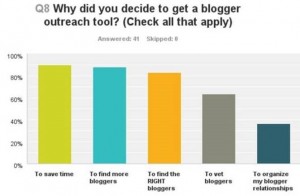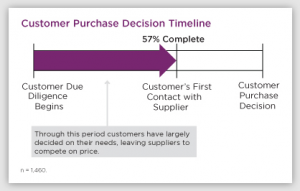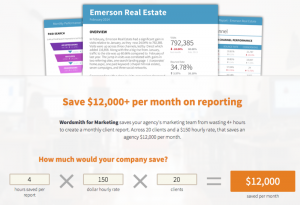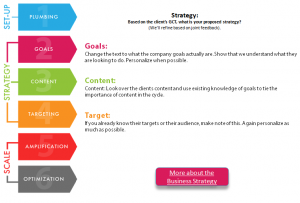
Contrary to what you might expect, sales emails should not be all about you and your company.
Instead, you should put your prospective customers front-and-center when you plan a new campaign: What do they care about? What are their problems, and how can you solve them? How can you add value to their business?
While many people believe that a great sales email should be all about pushing an incredible offer or bragging about their product or service, cold emailing another business professional actually requires great subtlety and thoughtfulness.
You have to understand that business customers don’t care about your product or solution. They buy because they have problems they are trying to solve, and so the best way to sell is by trying to appeal to customers’ pain points and desires.
So, instead of talking about what makes your product great, focus on what’s relevant to your prospects.
Here are five crimes and misdemeanors of narcissism that you need to remove from your sales emails:
1. You lead with an introduction about you and your company.
The goal of every sentence you write, especially your first one, is to make prospects want to read the next sentence. If you’re sending a cold email, they’ve probably never heard of you and they’re not going to care what you have to say. Since people can and will use the internet to find out who you are and what your company is about, don’t waste valuable time and space by talking about yourself. Instead, start your email by addressing your prospect’s needs.
Bad example: “I’m writing with information about our innovative sales enablement platform.”
Good example: “What’s the biggest reason new {!Company} leads go cold?”
2. You suck at personalizing your emails.
Have you ever noticed how natural persuaders drop your name into the conversation at just the right times? On the other hand, those who overdo it by constantly and randomly adding these ‘personal’ touches with your first name or company name come across as sketchy and untrustworthy. Using merge data from your contact list to personalize a message is a powerful technique that you can work into most of your cold emails. But you should let the message guide you, adding these touches only where it feels natural and persuasive.
Bad example: “We’re reaching out to every dentist like {!Company} in the {!City} area with a special offer on our appointment management platform. {!First}, are you the right person to speak to about this?”
Good example: “I know that managing appointment calendars is probably a constant struggle for your office, {!First}. Many of our {!City} dentist clients had already tried 3+ different paid solutions before they discovered our platform.”
3. You don’t ask questions.
A well-placed question can encourage prospective customers to think about an existing pain point. If you frame it just right, you’ll also be priming prospects for a solution only you can offer. It’s a good idea to end your email with a question, too. Questions are more engaging than simple statements and more likely to prompt your prospect to take action.
Bad example: “Our team has over 60 years of combined experience, and we only hire IRS Enrolled Agents.”
Good example: “Are {!Company}’s taxes being prepared by IRS Enrolled Agents, or just regular CPAs?”
4. You include long feature lists.
If you’re tempted to provide a long list of features in your sales email, don’t do it. Bullet points and numbered lists scream that you’re sending a mass email because they’re impersonal and look like mass marketing emails; not to mention, they’re boring. Instead, take one feature and explain how it addresses the pain point or value addressed at the beginning of the email.
Bad example: “You can count on industry-best deliverability, anti-spam protection, dedicated IP addresses, full API-based expandability, and 99.9% uptime.”
Good example: “Industry-best deliverability means you’ll never have to worry whether your emails are actually hitting the Inbox.”
5. You’re using jargon and filler words.
It’s hard to keep readers engaged when your emails are bloated with jargon. Clichés are a sign of lazy writing, and they dilute your marketing message. Too much jargon also makes it hard for prospects to relate to you and understand what you’re talking about. Instead, keep your language simple and strike a conversational tone.
Bad example: “We can accelerate your business’s social media growth across three key metrics.”
Good example: “We’ll get you more fans, followers, and likes on every channel.“
Digital & Social Articles on Business 2 Community(41)









